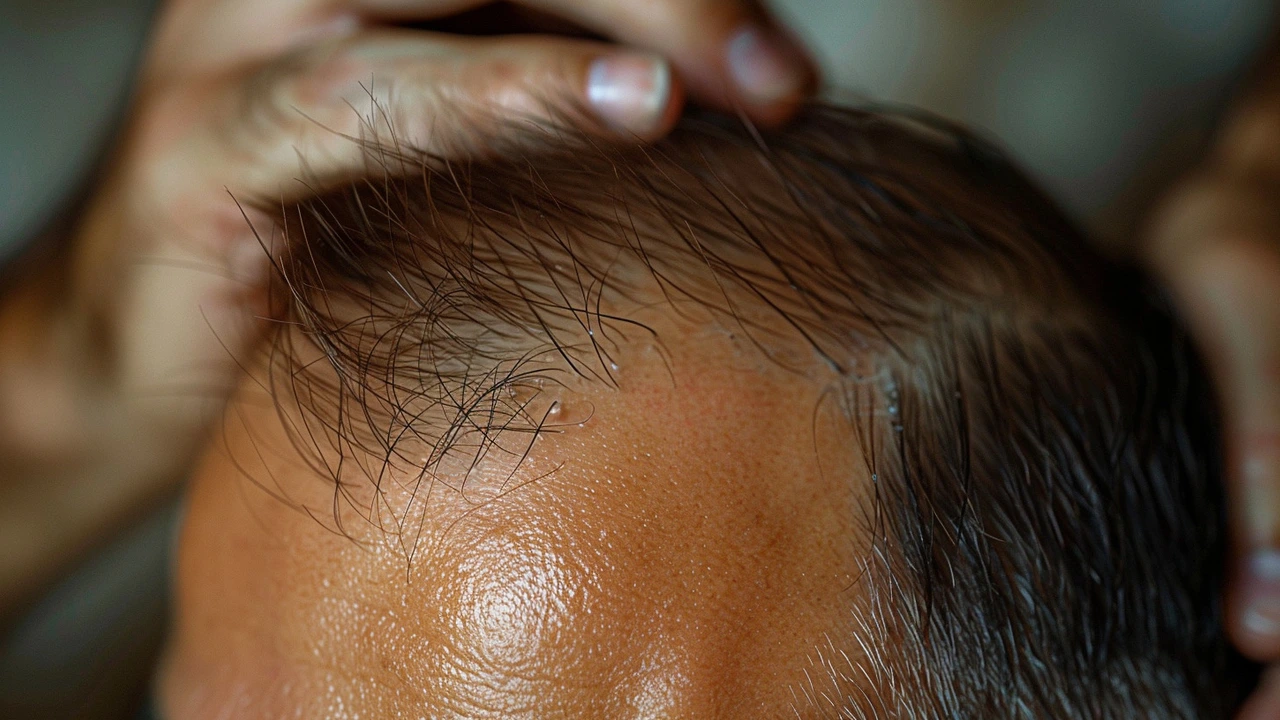Proscar (finasteride): What it does and what to watch for
Proscar is the brand name for finasteride 5 mg, a pill commonly used to treat benign prostatic hyperplasia (BPH) — an enlarged prostate that can make peeing hard or frequent. If your doctor mentioned Proscar, you probably want plain answers: how it helps, how to take it, and the risks. This page gives you practical info to discuss with your clinician.
How Proscar works and when to expect results
Finasteride blocks the enzyme 5-alpha-reductase, which turns testosterone into dihydrotestosterone (DHT). Lower DHT shrinks the prostate over time and eases urinary symptoms like weak stream, hesitancy, and nightly trips to the bathroom. You’re unlikely to notice changes right away — many men need 3 to 6 months to feel improvement and up to a year for the full effect.
The usual dose for BPH is one 5 mg tablet once daily. Take it at the same time each day. Missing an occasional dose isn’t usually harmful, but don’t double up the next day. If you stop the medication, prostate size and symptoms generally return over several months.
Side effects, safety tips, and alternatives
Common side effects are sexual: decreased libido, erectile difficulty, or reduced semen volume. For most men these improve after stopping the drug, but a small number report persistent issues. Other possible effects include breast tenderness or swelling and mood changes. If you notice lumps, pain, or nipple discharge, tell your doctor.
Important safety notes: Proscar is for men only. Pregnant women or those who might become pregnant must not handle crushed or broken tablets because finasteride can cause birth defects in a male fetus. Also tell your doctor if you’re taking other prostate drugs — especially alpha blockers like tamsulosin (Flomax) — since doctors sometimes combine therapies.
Proscar lowers PSA (prostate-specific antigen) levels by about half after several months. That matters if you’re being screened for prostate cancer: your clinician should record baseline PSA before starting finasteride and adjust interpretation afterward.
If side effects are bothersome or you need faster symptom relief, your doctor might suggest alternatives: an alpha blocker (faster symptom relief), combination therapy, or referral for procedures when medication isn’t enough. For hair loss, finasteride is used at a lower dose (1 mg) under a different brand; don’t substitute doses without medical advice.
Questions to ask your prescriber: Do I need a baseline PSA? How long should I try Proscar before deciding it works? What should I watch for with side effects? Bring this list to your appointment to get clear, personal guidance.
Want to read patient experiences or compare drugs for BPH? Check the related articles on our site or talk to your healthcare provider to get options that fit your health and lifestyle.

Finasteride in Propecia & Proscar: A Potential Shield Against Heart Disease
Recent research highlights a surprising benefit of finasteride, the active ingredient in hair-loss medications like Propecia and Proscar. Beyond treating male pattern baldness and an enlarged prostate, finasteride is now linked to a lower risk of heart disease in men, thanks to its cholesterol-lowering effects.
